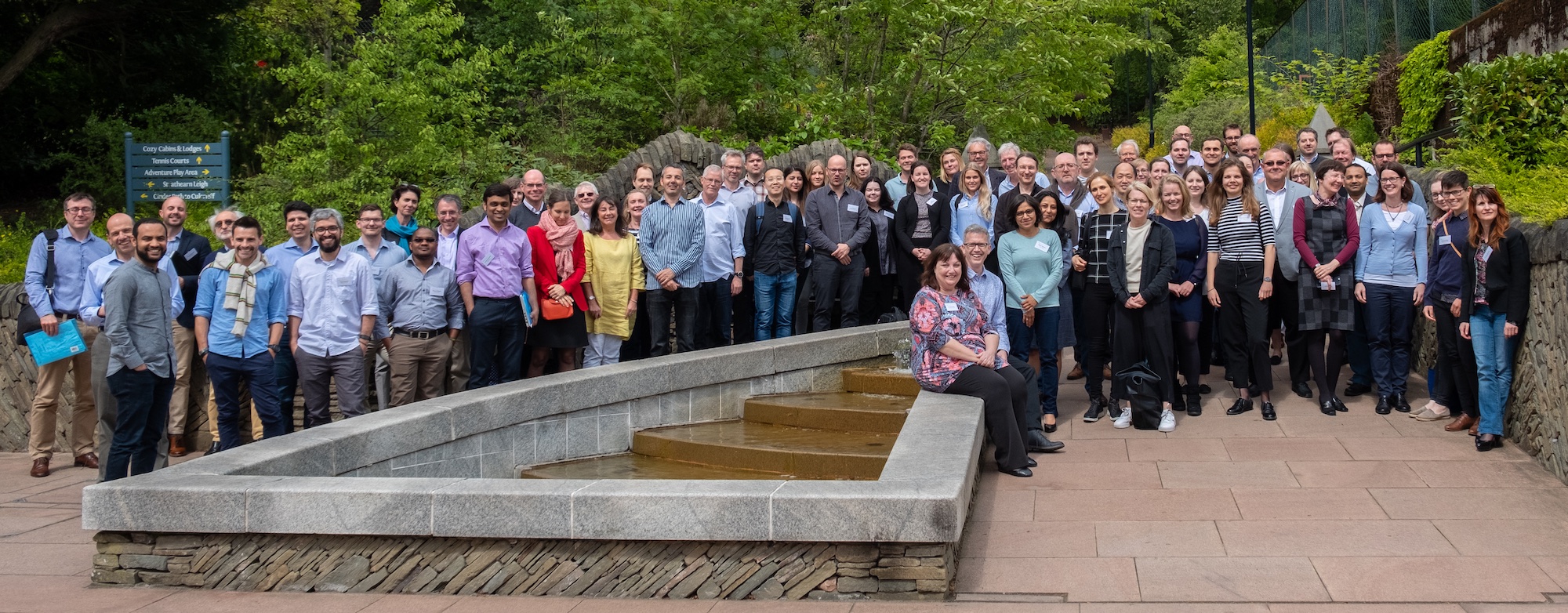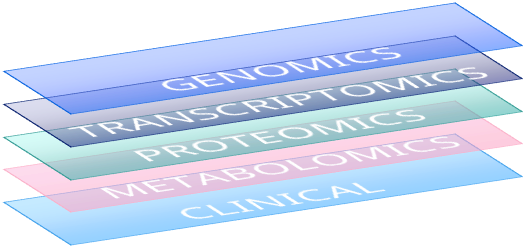IMI - DIRECT

DIRECT Facts:
A consortium of 20 academic institutions around Europe working in partnership with 5 pharmaceutical companies
Investigation of the development and progression of type 2 Diabetes as well as different responses to treatment
Overview of the DIRECT Study
DIRECT is a pan-European consortium engaged in research on diabetes. The study programme was initially funded by the European Union’s Innovative Medicines Initiative (IMI). Leading European diabetes experts from twenty academic research institutions and five pharmaceutical research organizations launched the DIRECT project in February, 2012. Project duration was seven years, with formal funding ending in July 2019. Since that time nearly 50 scientific papers related to DIRECT research studies have been published. Data analysis is continuing with the support of our EFPIA partners.

Objectives of
DIRECT
The overarching aims of the DIRECT consortium are to discover potential biomarkers that will help identify patients whose disease is likely to progress more rapidly or patients who have a different response to diabetes treatments. We thereby hope to develop a ‘personalised’ or stratified medicines approach to treatment of ‘type 2 diabetes’ (T2D) using either existing or novel therapies.

Type 2 diabetes
Diabetes is a lifelong condition that causes a person’s blood sugar level to become too high. There are 2 main types of diabetes: type 1 diabetes – where the body’s immune system attacks and destroys the cells that produce insulin and type 2 diabetes – where your pancreas does not produce enough insulin, or the body’s cells do not react to insulin.

Type 2 diabetes is much more common than Type 1 and tends to develop gradually as people get older – but more and more people every year are being diagnosed at a much younger age. Diabetes is a highly variable condition largely because when hyperglycaemia (a high blood sugar level) is discovered it is a diagnosis made after exclusion of other known causes. The signs and symptoms of people who develop diabetes vary greatly, as does the rate at which their subsequent diabetes progresses, how they respond to diabetes therapy and who develops micro- and macrovascular complications. This variable development, progression and treatment response of diabetes is likely to reflect subtypes of diabetes with different pathophysiology.



